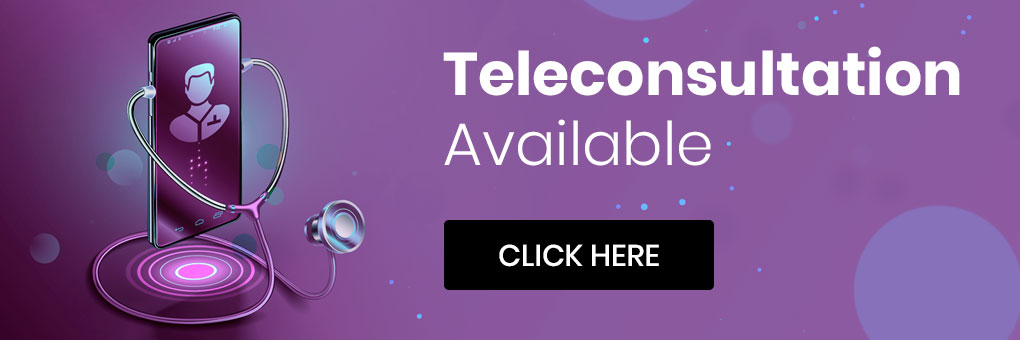


Dr Chiang Wen Chin obtained her Bachelor of Medicine and Bachelor of Surgery from the Nottingham University, United Kingdom. She completed her Paediatric training in Bristol and Great Ormond Street, United Kingdom. She obtained her specialist qualifications of Master of Medicine in Paediatrics and membership to the Royal College of Physicians (United Kingdom). She is registered with the General Medical Council (UK), has also been conferred Fellowship by the Royal College of Paediatrics and Child Health (UK) and is a Fellow of the American Academy of Asthma, Allergy and Immunology (USA). She has been conferred a Fellow of the Academy of Medicine, Singapore.
Dr Chiang is a visiting Consultant in Paediatric Allergy and Immunology in KK Women’s and Children’s Hospital . She is presently an Adjunct Associate Professor of Duke NUS Graduate Medical School Singapore and Tutor at the Yong Loo Lin School of Medicine, National University of Singapore.
Dr Chiang underwent advanced training in Paediatric Allergy and Clinical Immunology at Duke University, USA in all aspects of allergy including food allergy, asthma, rhinitis and eczema care. She has been actively involved in food challenges and oral immunotherapy in children with food allergies.
She is a member of Allergy and Clinical Immunology Society of Singapore, fellow of the Academy of the Allergy, Asthma and Immunology and Singapore Paediatric Society and President of the Allergy Asthma Association in Singapore. Her sub-specialty interest includes management of children with food allergies, asthma, allergic rhinitis, eczema, drug allergies, house dust mite immunotherapy and immunodeficiency. There are programs for food oral immunotherapy including programs for baked egg, milk and peanut.
She has helped set up the sublingual Immunotherapy program and food and drug provocation programs in KK Woman's and Children's Hospital in Singapore.

Chiang Children's Allergy and Asthma Clinic
Mount Elizabeth Medical Centre
#17-12 3 Mount Elizabeth
Singapore 228510
DID: (65) 67345676
DID: (65) 67345918
Fax:(65) 67324643
Emergency No: (65) 65358833